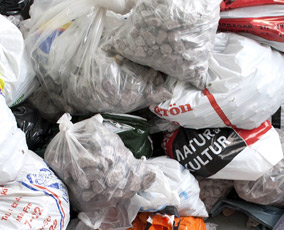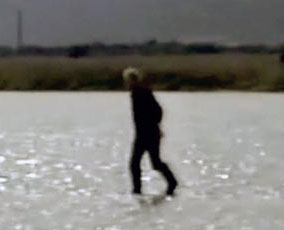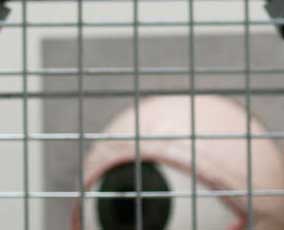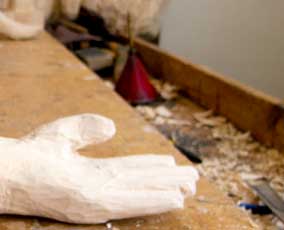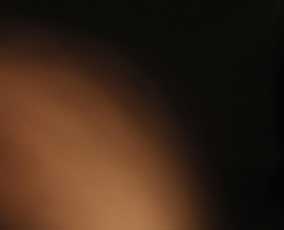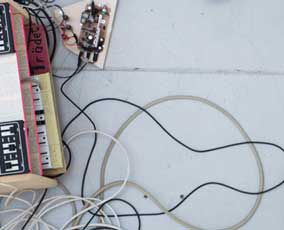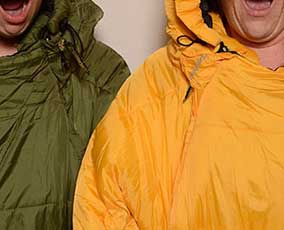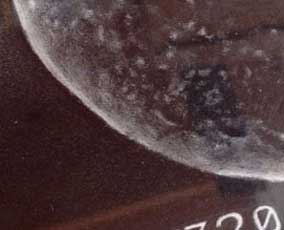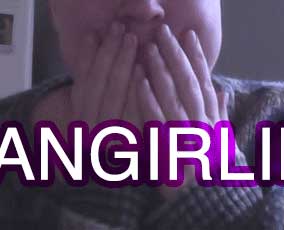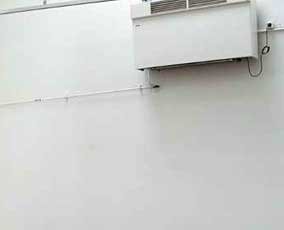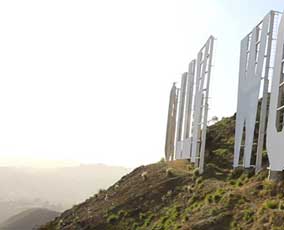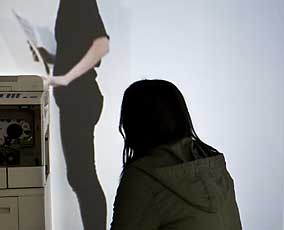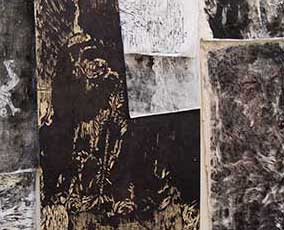Konstfack Degree Exhibition 2014 / Vårutställning 2014
To “return to history”: feminist art and dissident art in Eastern Europe has shown us strategies where artists masochistically follow a protocol in order to expose its consequences. In artistic deeds of compliant and submissive acts the system is absurdly over-emphasized in a way reminiscent of how the Good Soldier Svejk in Jaroslav Hasek’s novel becomes an unbearably difficult character for the system to handle simply because of his utter lack of pragmatism. Such actions often cause confusion. Art provides a space for actions and deeds that can be interpreted – and may therefore be incorrectly interpreted. Artworks are not finished or destined for a specific instrumental use, they are open ended.
The degree projects for the Master’s program Art in the Public Realm all operate in this critical approach between these forces and wills. They show the will to transform language, to persevere in an expression that can be handed over for interpretation, while knowing that these forms of expression do not escape the political world. Several of these projects have an explicit interest in the making itself, in craftsmanship, in “production” and its theoretical and aesthetical meanings. This insight may also be said to have a political and existential foundation – out artistic methods and actions are a way to exist in the world and the very process of making – and out way of reflecting on them – may give our life direction. Even if they are metaphorical or seemingly pointless.
Magnus Bärtås, Professor of Fine Art
För att “återvända till historien”: feministisk konst och dissidentkonst i Östeuropa har visat på strategier där konstnärer masochistiskt följer ett protokoll för att exponera dess konsekvenser. I konstnärliga gärningar av lydiga och underdåniga akter överbetonas systemet in absurdum på ett liknande sätt som den tappre soldaten Svejk i Jaroslav Haseks roman blir en outhärdligt besvärlig figur att hantera för systemet just på grund av hans totala avsaknad av pragmatism. Sådana handlingar skapar ofta förvirring. Konst ger ett utrymme för handlingar och gärningar som är tolkningsbara – och därmed kan de misstolkas. Konstverk är inte avslutade eller destinerade för en specifik instrumentell användning, de är oavslutade.
I detta kritiska förhållningssätt och mellan dessa krafter och viljor rör sig examensarbetena i mastergruppen Konst i offentligheten 2014. Här finns viljan att vrida på språket, att framhärda i ett uttryck som kan överlämnas för tolkning och samtidigt vetskap om att dessa uttryck inte undgår det politiska. I flera av dessa arbeten finns ett uttryckligt intresse för själva görandet, för hantverket, för ”produktionen” och dess teoretiska och etiska betydelse. Även denna insikt kan sägas ha en både politisk och existentiell grund – att våra konstnärliga metoder och handlingar är ett sätt att vara i världen, och att själva görandets processer – och vårt sätt att reflektera över dem – kan ge vårt liv en riktning. Även om de är metaforiska eller till synes meningslösa.
Magnus Bärtås, professor i konst
